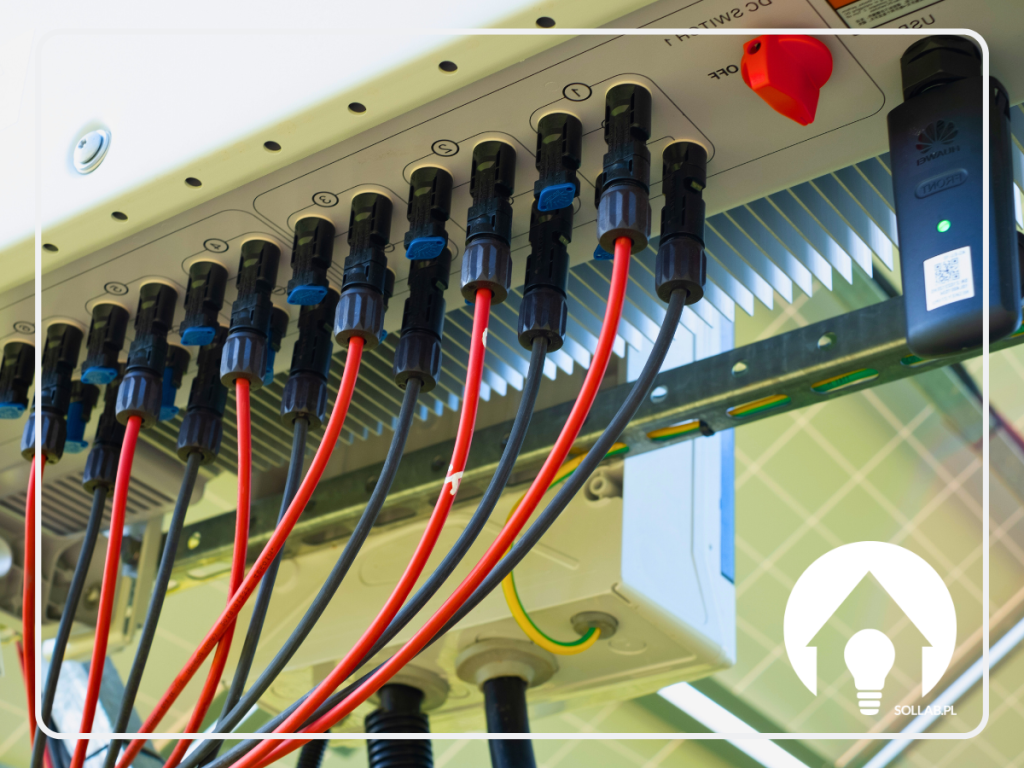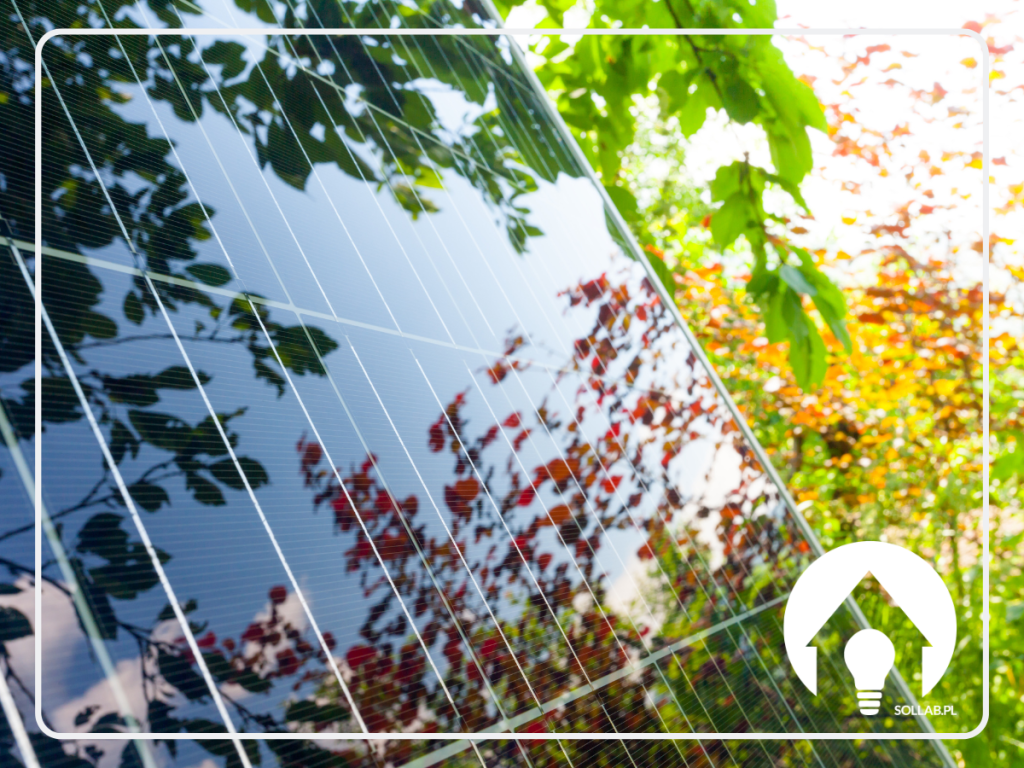Which radiators to choose for an air source heat pump
Choosing the right radiators for an air source heat pump is crucial to the efficient operation of the entire heating system. In this article, we discuss which radiators are best for use with heat pumps and what features they should have to ensure optimal results.
Types of heaters for air source heat pumps
Various types of radiatorsthat can be used in an air source heat pump system. These include:
- panel radiators,
- convector heaters,
- bathroom radiators,
- decorative radiators,
- low-temperature radiators.
Choosing the right type of radiator depends on individual needs and the specifics of the room. However, it is worth paying attention to, whether the heat pump is suitable for radiators with different parameters.
Is a heat pump suitable for radiators?
Analysing compatibility of the heat pump with different types of radiators, it can be seen that not all types of radiators will be suitable for use with a heat pump. Heat pumps generate heat at a lower temperature than traditional boilers, so low-temperature radiators, which are designed to operate at lower temperatures, are the best option.
By discussing the potential problems associated with using a heat pump with radiators, it is possible to understand that inadequate radiator selection can lead to a less efficient heating system. In the case of radiators with higher operating temperatures, the heat pump may not be able to deliver sufficient heat, which can result in lower indoor comfort.
To summarise, radiators for air source heat pumps should be well matched to the specific operation of the heat pump. The best choice is low-temperature radiators, which are designed to handle the lower temperatures generated by the heat pump.
Low-temperature radiators for heat pumps
Low temperature radiator for heat pump is the perfect solution for people who want to use the energy from an air source heat pump to heat their home. Low-temperature radiators differ from traditional radiators primarily in that they are designed to operate at lower water temperatures, making them ideal for use with heat pumps.
Compared to other types of radiator, low-temperature heater is characterised by a larger heat exchange surface and better heat distribution in the room. As a result, despite the lower water temperature, low-temperature radiators are able to heat rooms efficiently.
It is also worth noting the specifications and requirements for low-temperature radiators. First and foremost, it is important to remember that a proper plumbing system and a well-chosen heat pump are required for this type of radiator to work properly. In addition, low-temperature radiators may require more installation space than traditional radiators, due to their larger surface area.
Advantages of low-temperature radiators
Advantages of low-temperature radiators are primarily due to their specific characteristics and their ability to work with heat pumps. The main benefits associated with the use of low-temperature heat pump radiators include:
- Better energy efficiency - the lower temperature of the heating water allows a higher efficiency of the heat pump,
- lower running costs - heating a home with low-temperature radiators and a heat pump can generate lower energy bills, thanks to higher energy efficiency,
- thermal comfort - low-temperature radiators provide an even distribution of heat in the rooms, which translates into higher thermal comfort,
- Possibility of cooperation with renewable energy systems - low-temperature heaters can be powered not only by a heat pump, but also by solar collectors or other systems based on renewable energy sources.
In conclusion, low-temperature radiators are an excellent choice for those who want to use the energy from an air source heat pump to heat their home. Thanks to their specific features and advantages, such as better energy efficiency and lower running costs, low-temperature radiators are an attractive alternative to traditional radiators.
Heat generation by heat pumps
Heat generation by heat pumps involves the use of energy from the environment, such as air, water or ground, to heat a working medium, which then transfers heat to the heating system. With air-source heat pumps, heat energy is extracted from the outside air, even at low temperatures. This process is made possible by the use of special evaporators, compressors and condensers that convert ambient energy into heat.
Heat pump delivers heat to the radiators by heating the water in the heating circuit. This water is then pumped through the system, reaching the radiators, which transfer heat to the rooms. It is worth noting that heat pumps are particularly effective when working with low-temperature radiators, which are designed to operate at lower water temperatures.
Heating your home with a heat pump
Heating your home with a heat pump are an increasingly popular solution for efficiently using ambient energy to heat buildings. Heat pumps are particularly attractive due to their high energy efficiency, lower running costs and their ability to be combined with renewable energy sources such as solar panels.
When heating a home with a heat pump, it is important to choose the right radiators that will work effectively with the system. As mentioned earlier, low-temperature radiators are the ideal choice as they are designed to operate at lower water temperatures, allowing for higher heat pump efficiency. In addition, the even distribution of heat by low-temperature radiators translates into higher indoor comfort.
Installation of a low-temperature radiator
Installation of a low-temperature radiator is a process that requires several important aspects to be taken into account, such as the correct selection of the radiator for the heat pump, its location in the room and its proper connection to the heating system. In the case of Regulus low temperature radiatorswhich are specially adapted for use with heat pumps, it is also important to ensure adequate air circulation around the radiator to achieve optimum results.
When installing a low-temperature radiator, it is important to pay attention to its dimensions and wattage to match the heating needs of the room in question. In addition, it is worth remembering to keep the right distance from the wall and the floor, which will allow for free air circulation and efficient heat transfer into the room.
Operation of the heat pump
Operation of the heat pump involves taking thermal energy from the environment (e.g. air, water or ground) and converting it to a higher temperature that can be used to heat buildings. This process is carried out by means of an evaporator, compressor, condenser and expansion valve, which form a closed refrigerant circuit.
In the case of heat pump selection to low-temperature radiators, it is important to consider parameters such as heat output, energy efficiency and the temperature of the water in the heating circuit. A well-chosen heat pump will allow efficient interaction with low-temperature radiators, resulting in lower operating costs and higher thermal comfort in the building.
Heat pump characteristics
Heat pump characteristics covers aspects such as energy efficiency, operating temperature and its various applications. Heat pumps are increasingly being used in heating systems due to their favourable environmental properties and energy savings.
Energy efficiency of a heat pump is one of the key parameters that affects its efficiency and operating costs. The higher the energy efficiency, the lower the electricity consumption required for its operation. It is worth noting the COP (Coefficient of Performance), which determines the ratio of the thermal power supplied by the pump to the electrical power consumed by it.
Operating temperature of the heat pump is the temperature range over which the unit can efficiently extract heat from the environment and convert it to a higher temperature. Heat pumps can operate at different temperature conditions, but their performance depends on the temperature of the heat source (e.g. air, water or ground) and the temperature of the water in the heating circuit.
Use of a heat pump can be varied, depending on the user's needs and local conditions. Heat pumps can be used to heat buildings, heat domestic water and also cool rooms in summer. They work with a variety of heating systems, such as low-temperature radiators, underfloor heating or fan coil units.
Summary
Choosing the right radiators for an air source heat pump is crucial for efficient and comfortable heating of the home. Low-temperature heating systems, such as underfloor heating, are particularly recommended due to their advantages and excellent interaction with heat pumps.
















